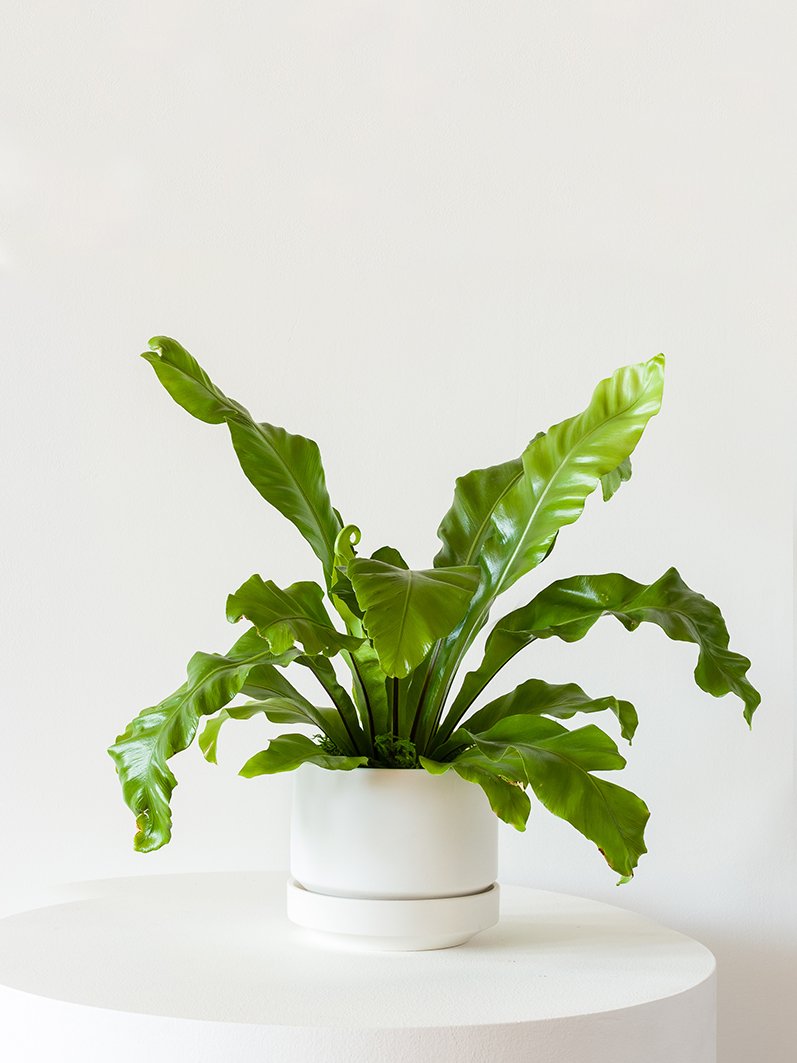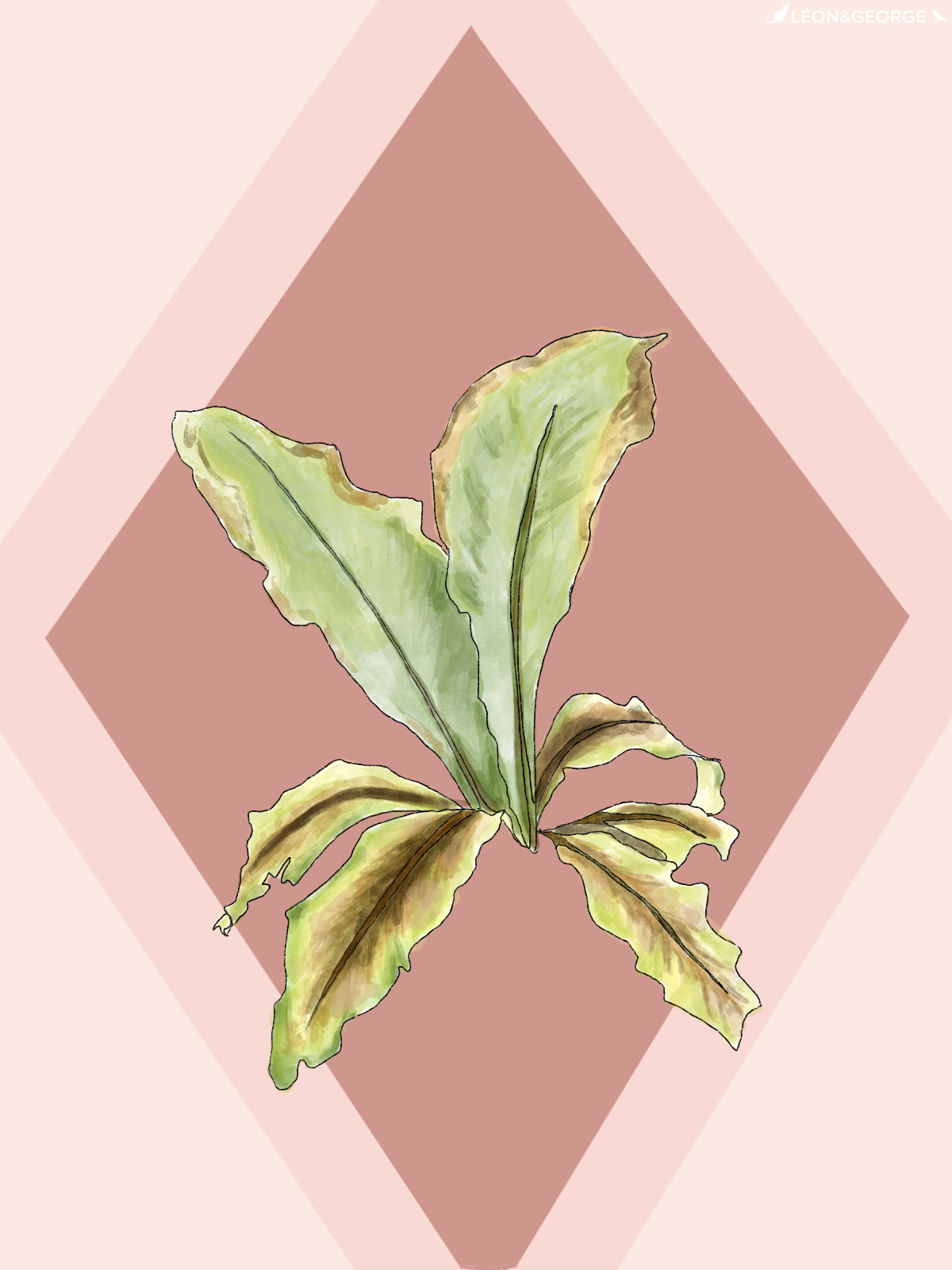The beautiful Bird’s Nest Fern is far from your typical fern variety. Named for the way its foliage grows from its nest-like center, Bird’s Nest Ferns are a hardy and lush indoor fern variety with thick, verdant leaves that unfurl luxuriously. But although its care routine is very simple in comparison to most ferns, it does require a specific watering regimen. Diverting from this is the most common cause of curling leaves in Bird’s Nest Ferns. Don’t fret! Just read on to learn how to correct your Bird’s Nest Fern’s curling leaves.
Overwatering
Like most ferns, Bird’s Nest Ferns prefer for their soil to be consistently moist, but not drenched. If you suspect that you’ve provided your fern with too much water, you’ll need to allow its soil to dry out: not entirely, but to reach an even and consistent level of moisture, before watering again.
Incorrect Watering
It is paramount that you never water the Bird’s Nest Fern’s center. Always water around the outermost edges of your Bird’s Nest Fern, which will allow the water to be pulled in by the plant in all the right places. Watering directly in the center of the “nest” can result in a bogged-down, waterlogged fern which may ultimately require repotting to rectify.
Repot When Needed
If your Bird’s Nest Fern has become severely waterlogged, it is at risk of root rot, which can ultimately result in the plant losing all viability. Don’t be afraid to repot in instances like these. Simply plan on getting a little dirty. Move outside or spread newspaper on the floor, then remove the fern from its plastic nursery pot and shake off as much of the old soil as you can, so that you can see the roots. Roots that are severely rotted can be trimmed off with clean, sharp scissors. Then, place the plant in the center of the pot, add new soil (avoid replacing more than 1/3 of the overall soil at one time) and pat the soil down firmly. Water the soil thoroughly until moist, not drenched, and place the plant in an area with bright indirect light. Your plant will take 2-4 weeks to settle from the shock and adjust, but it should mitigate the issue of further root rot developing.
Bird’s Nest Fern
Verdant, resilient and deeply hued, this indoor fern variety boasts lush foliage, which grows in wavy fronds from the plant’s center, resembling a bird’s nest. The Bird’s Nest Fern prefers medium to bright light, consistent moisture and steady humidity.











